Alan Dove, AB1XW, writes in the Hampden County Radio Association making list:
Our friends in the Franklin County Amateur Radio Club (FCARC) are providing communication for several upcoming events. As I’ve mentioned, these types of events are ideal training for emergency communication.
If you have at least a Technician license and a 2-meter FM rig, you probably have everything you need to participate. Here are the dates and contacts:
1. Volunteers for the Greenfield Triathlon (Aug 4) (KB1AKU) (groy773@gmail.com) only about 10 days away.
2. Volunteers for the D2R2 (Aug 17) (N1AW), (aswoodhull@gmail.com)
3. Volunteers for the Green River Marathon (Aug 25) (KB1NEK), (camyers@protonmail.com)
4. Volunteers for the annual Food Bank’s Will Bike 4 Food event on Sept 22 (KB1AKU) (groy773@gmail.com)
Comments from Chuck, KC1CHA: “All are welcome to volunteer. Its a great time to see everyone and get some time on the air. Please give some time and help out, we have always made these events a success in the past. Thank you and hope to see you there.”
—
–Alan
—
Alan Dove, AB1XW
President
Hampden County Radio Association
hcra.org
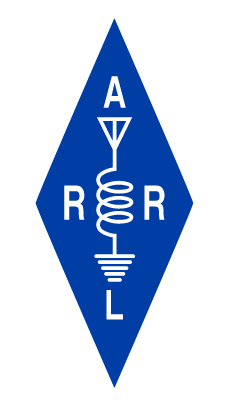
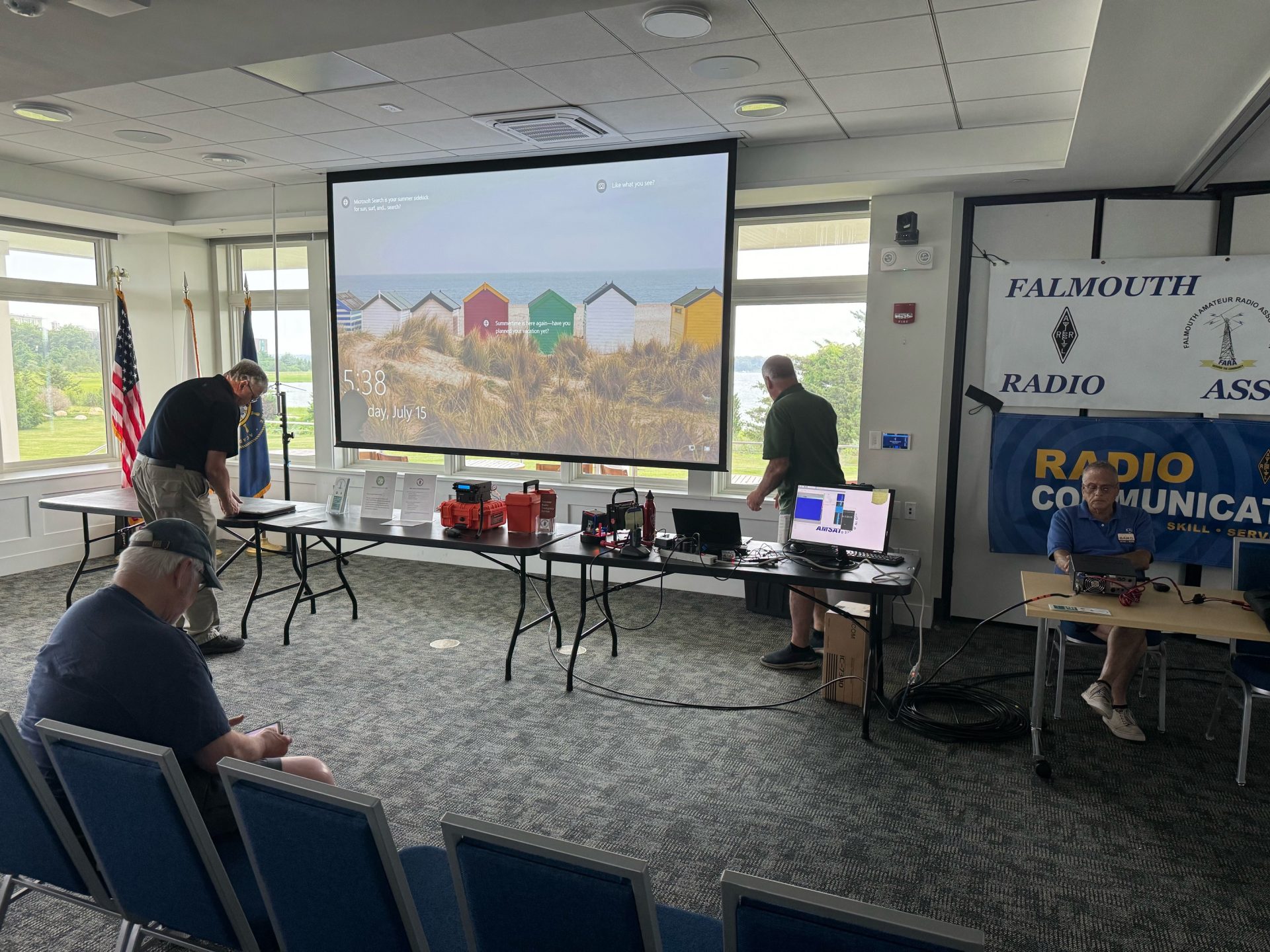
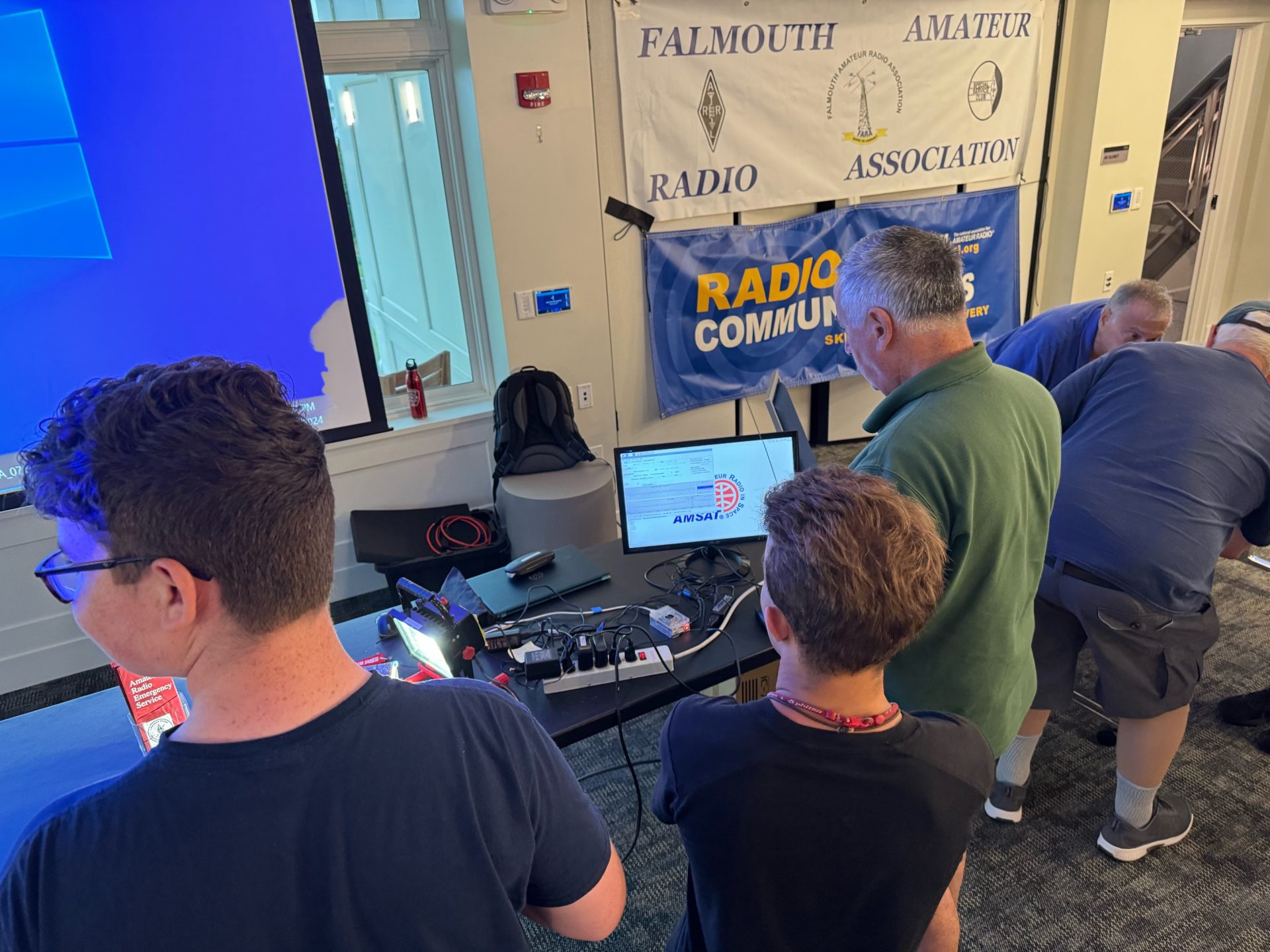
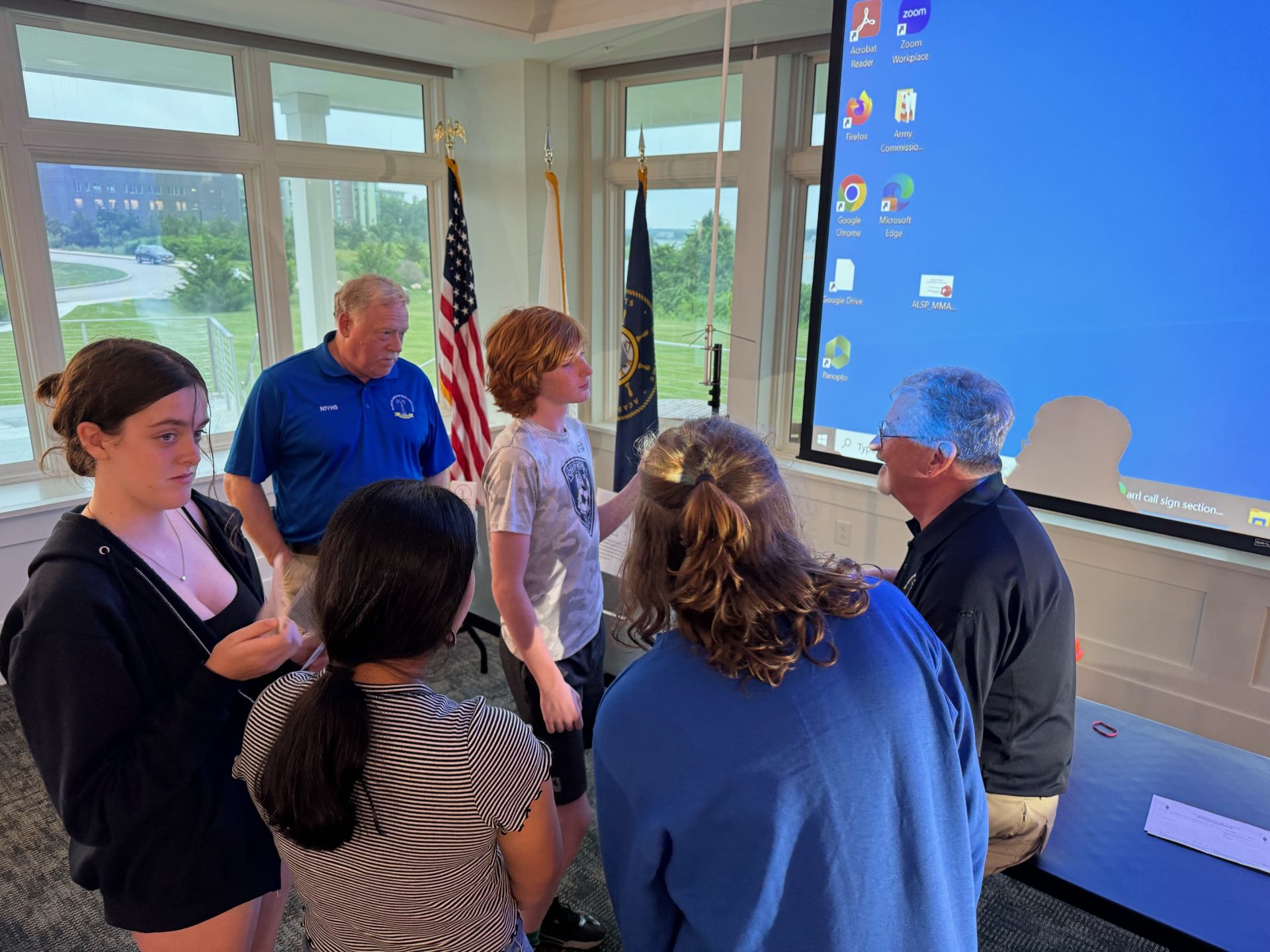

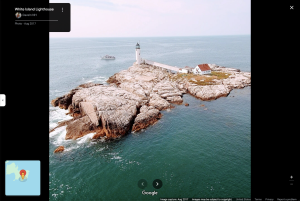
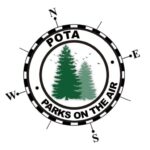 Timothy Cates, KC1QDK, writes on the Granite State ARA mailing list:
Timothy Cates, KC1QDK, writes on the Granite State ARA mailing list: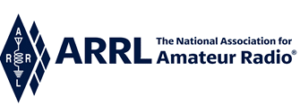 From ARRL News:
From ARRL News: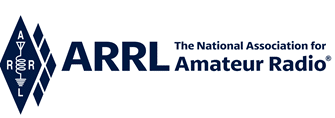 Updated 7/1/24:
Updated 7/1/24: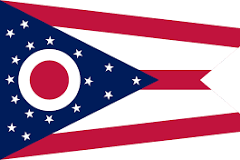 Eastern MA Section Manager Jon McCombie, N1ILZ, writes:
Eastern MA Section Manager Jon McCombie, N1ILZ, writes: Larry Krainson, W1AST, writes:
Larry Krainson, W1AST, writes: Pete Chamalian, W1RM, writes:
Pete Chamalian, W1RM, writes: